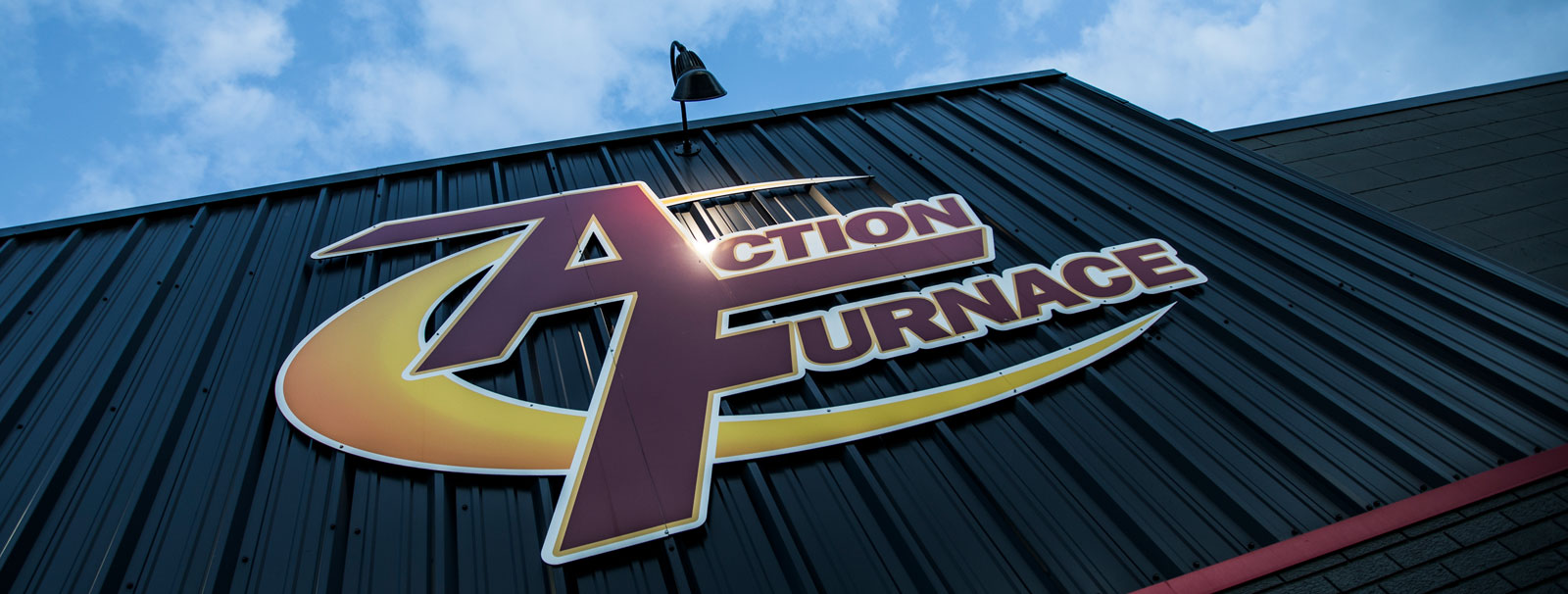Your furnace keeps you cozy during cold winter months, so fall is the best time to make sure it’s working properly. Furnaces are a must for people ...

Your furnace keeps you cozy during cold winter months, so fall is the best time to make sure it’s working properly. Furnaces are a must for people who live in cold climates, but they can also be finicky — after all, they’re complex and delicate systems with many individual parts.
Routine professional care can identify and prevent potential problems with your furnace, but between service calls it’s still a good idea to do some DIY maintenance. Follow this winter preparation checklist to make sure you’re taking good care of your furnace — so that it can take even better care of you this winter.
Testing Your Furnace Before Winter Arrives
It’s best not to wait till the weather is already cold before starting your furnace for the year. Instead, fire it up (pun intended) in mid-autumn, when the weather outside is cool but still pleasant. This way, you won’t freeze while waiting for your HVAC technician if you encounter a problem.
How to Find Problems When Starting Your Furnace Up Again
- Check the breaker and confirm Furnace has power.
- Reset Furnace using the power switch (on ceiling or on wall) to turn Furnace off for one minute then turn Furnace back on.
- Check that the Thermostat has working batteries and is set to the heat setting. For cooling, check for working batteries and that it is set to the cooling setting.
- Check the Furnace filter, and change if dirty.
- If the Furnace has a pilot light, check that it is lit.
- Inspect the exhaust/intake pipes for the furnace on the outside of the home for any obstacles.
Why Shouldn’t I Fix Furnace Components Myself?
We get it — you’re pretty handy around the house. Maybe you figure you can tackle furnace repair all by yourself, and save a little money in the process. While we respect your ambition, we’re also obligated to point out that HVAC technicians go through years of training for a good reason: furnace repair can be really, really hard.
Bottom line: if you don’t have the knowledge and experience of a trained HVAC specialist yourself, you’re more likely to make any problems with your furnace components even worse by messing around with them. Even if you complete them correctly, you risk voiding the warranty by not having the work carried out by a licensed professional. Some things are just better left to the experts.
What Furnace Maintenance Can You Do By Yourself?
Wait a second, you’re probably thinking — didn’t you start this article by saying DIY maintenance was important? What gives with these mixed messages? Okay, yes — we did say that, but the key word wasn’t DIY, it was maintenance. Allow us to explain.
Furnace repairs are often too complicated for homeowners to complete themselves, and trying usually isn’t worth losing the warranty. But doing a few simple things on the winter preparation checklist each year to keep your furnace functioning at peak levels doesn’t require you to take that risk, and it can prevent big problems that cost even more money to fix than most routine jobs. Here’s a list of what you should be doing to finish preparing your furnace for winter:
Completing Your DIY Winter Furnace Prep:
- Switch out the air filters. You’ll probably find them behind various vents in your home, or in the actual HVAC itself. Opinions vary when it comes to how often you should replace them — but for best results, try to do it once every three months. If you have reusable electrostatic filters instead, wash them and put them back in on the same schedule.
- Make sure the heat exchanger is clean.
- Oil the bearings in the blower motor. Not all blower motors need this, so check the manual first — but if yours does, make sure the power is off and remove the cover. Then clean the caps protecting the bearings, take them off, and use a little lube (think turbine oil, not Astroglide) to give those bearings some love.
- Check the igniter. In older systems, this means reigniting the pilot light. In most newer ones, though, all you have to do is push the reset button on the igniter switch. If it’s unresponsive, however, you might have to check your breaker — and if that doesn’t solve things, you’ll need to call the pros.
- Replace the batteries in your carbon monoxide detector. Carbon monoxide poisoning causes more than 200 hospitalizations in Canada each year — and over 300 deaths. Since most furnaces produce some carbon monoxide as a byproduct, working alarms are essential so that you can avoid a dangerous buildup.
Additional Tasks for Oil Furnace Owners
If you own an oil furnace, there are a few other things you can (and should) try to do by yourself to keep your furnace in great shape. These include changing the oil filters — which are different from air filters — cleaning the burner nozzle, and brushing the heat exchanger.
If you are uncomfortable performing any of the tasks listed above, entrust them to someone with the skills and qualifications to perform them. Routine service may also include duct cleaning, chimney inspections, vacuuming the heat exchanger, and more.
Help Your Furnace Roar Into Winter
Stay warm and toasty this winter by getting your furnace ready this fall. Use the winter preparation checklist above to prevent major malfunctions, save money, and avoid setbacks when you run your furnace for the first time this year.




